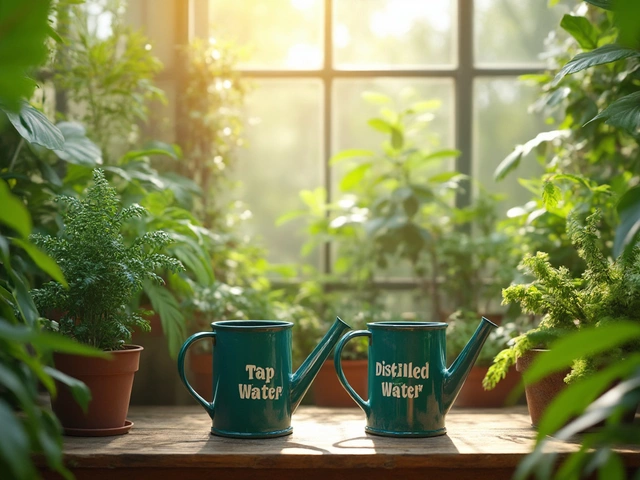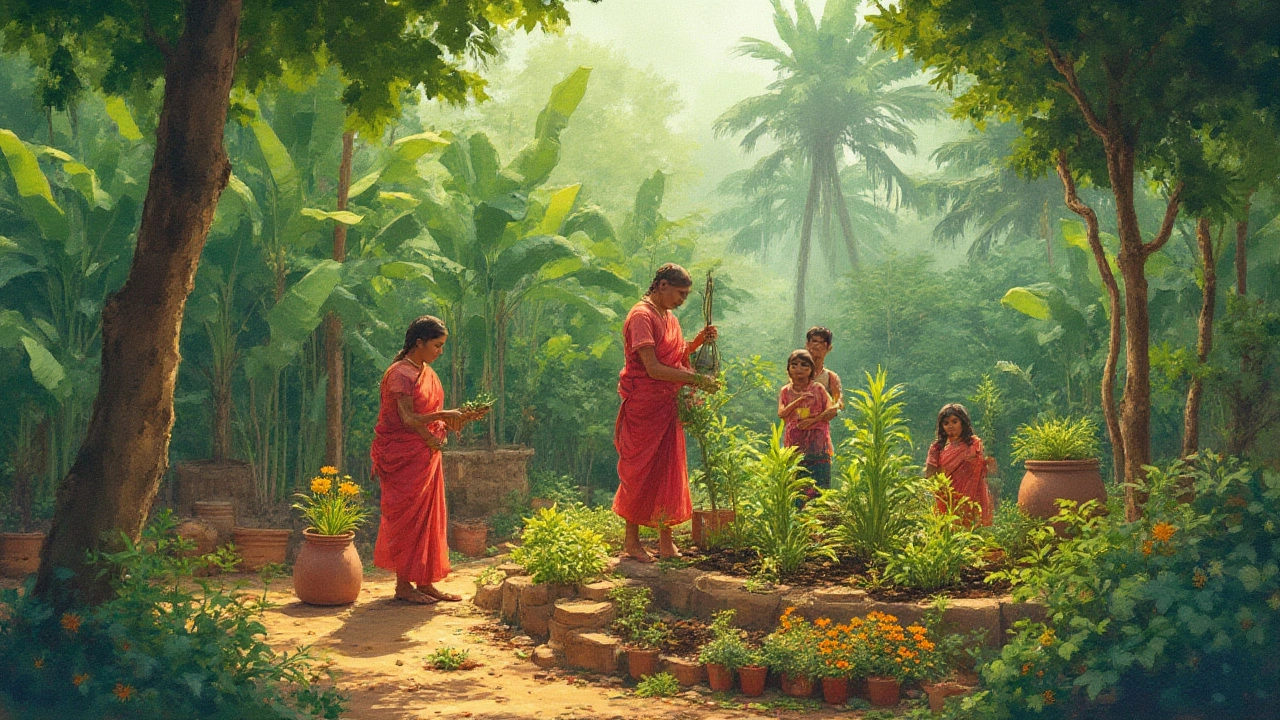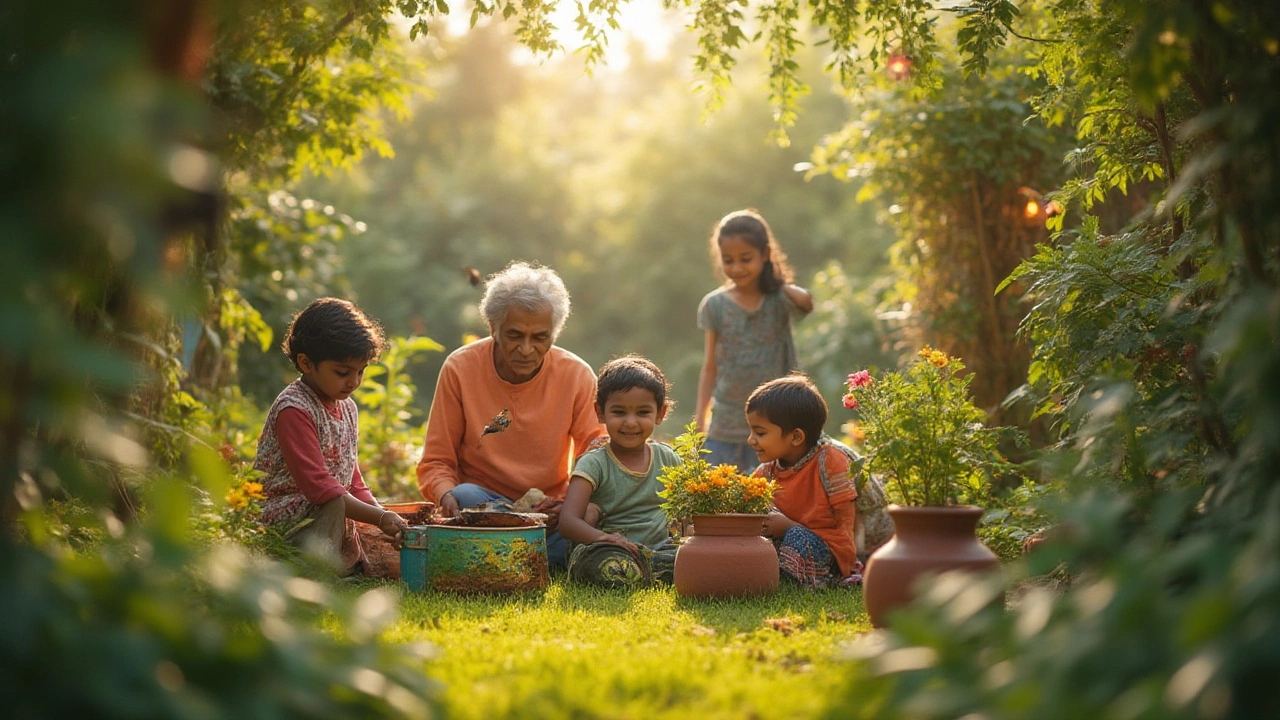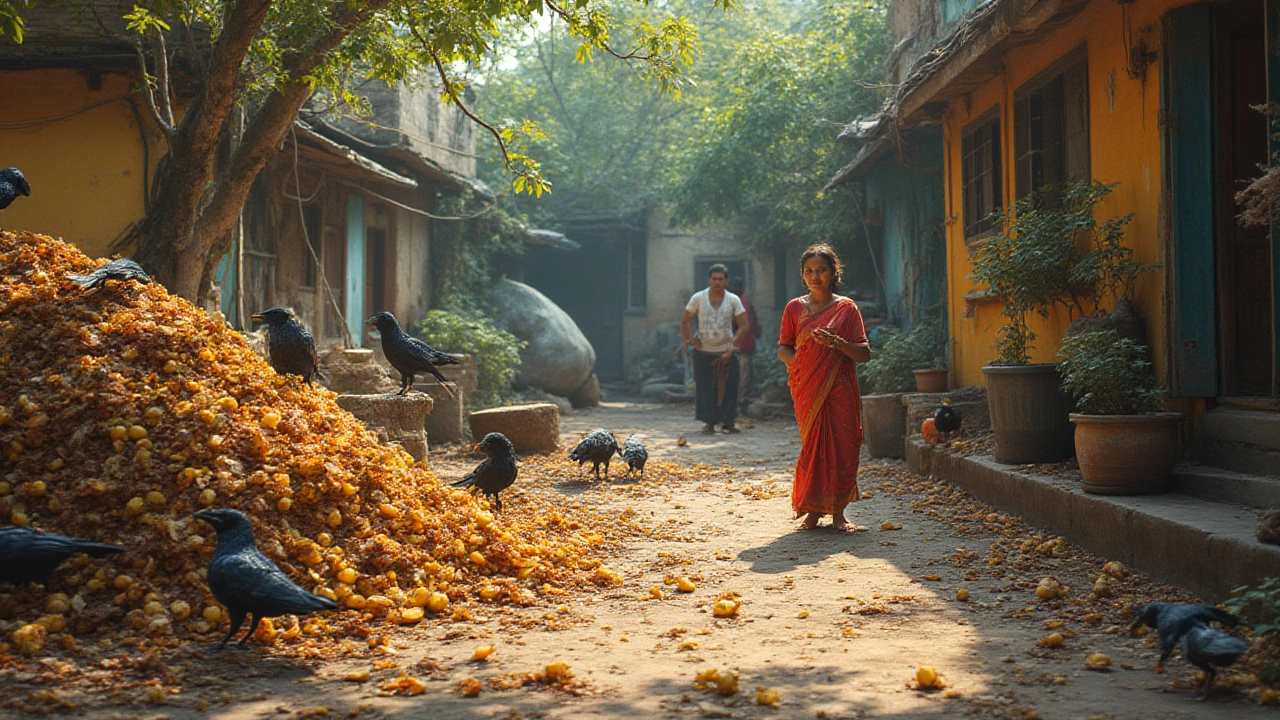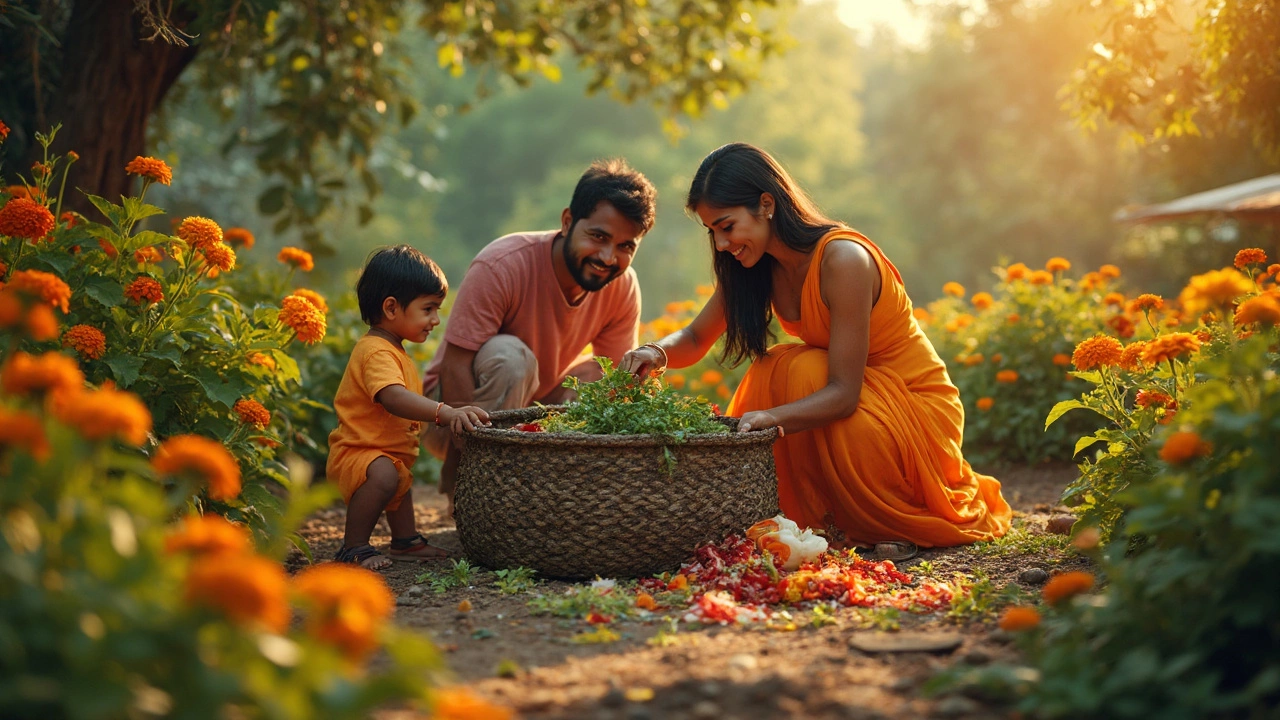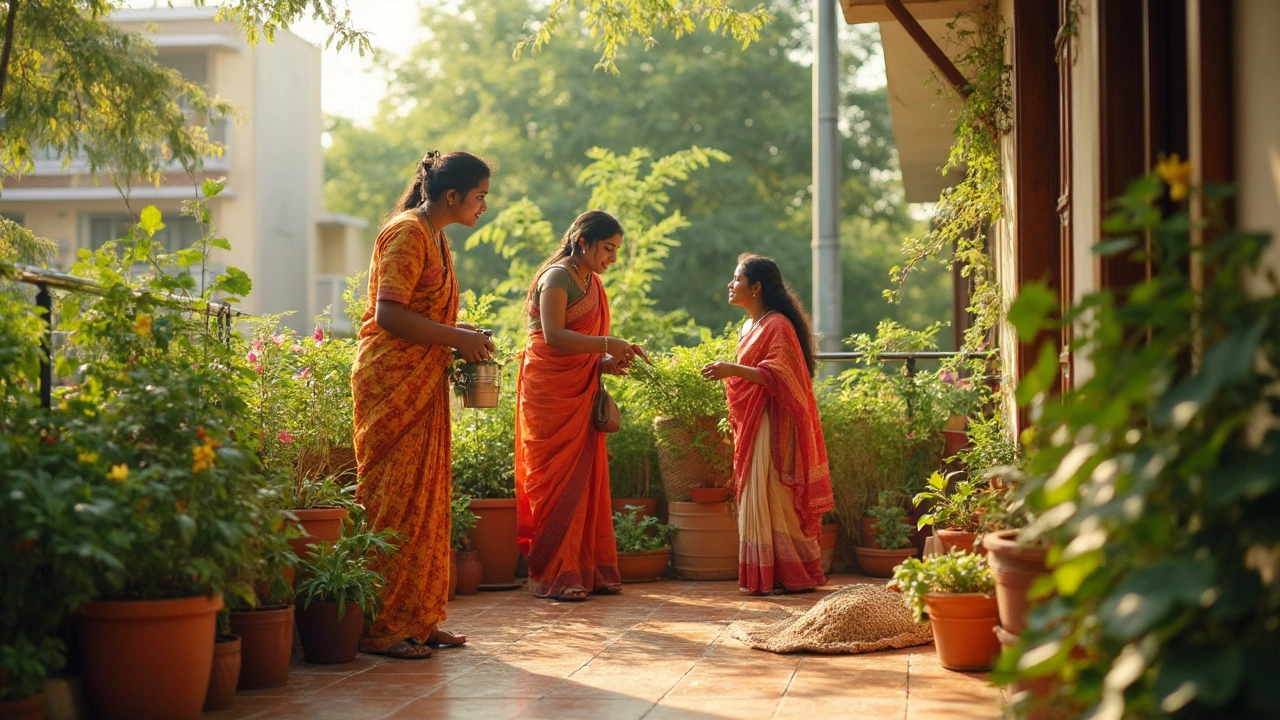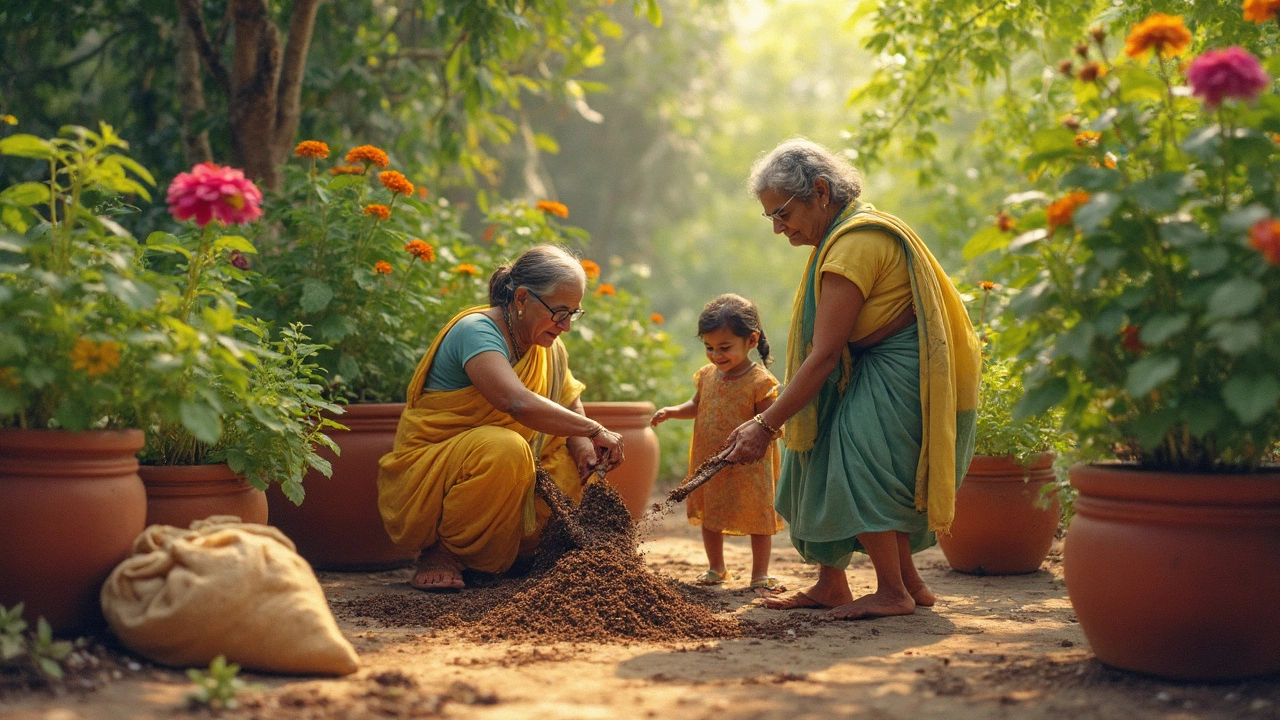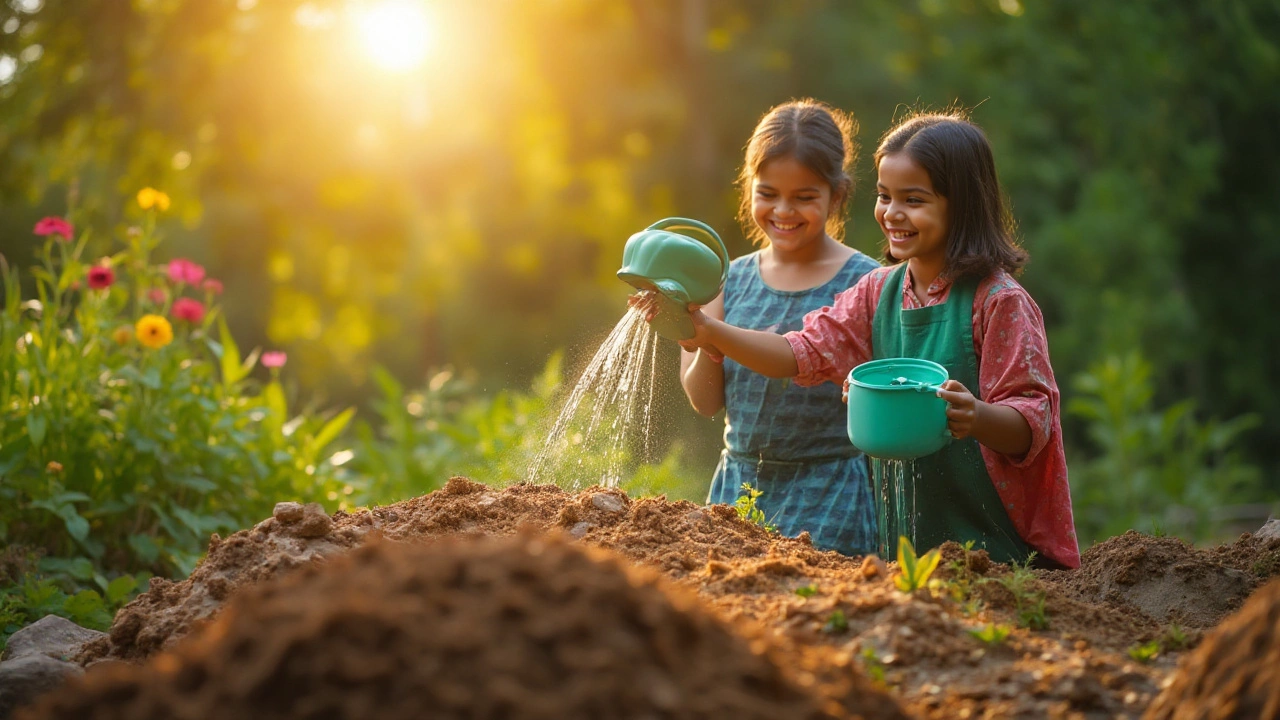Composting Basics: Turn Kitchen Waste into Rich Garden Soil
Ever wondered what to do with veggie peels, coffee grounds, or dry leaves? Instead of trashing them, you can turn that stuff into black gold for your garden. Composting is cheap, simple, and makes your soil healthier – perfect for Indian gardens where the soil can be heavy or nutrient‑poor.
What You Can Compost
Think of compost as a team sport. Green members are fresh, wet items like kitchen scraps, fruit waste, and tea bags. Brown members are dry, carbon‑rich things like dry leaves, shredded newspaper, straw, or sawdust. A good mix is roughly 1 part green to 2‑3 parts brown. In India, you’ll find plenty of both: banana peels, onion skins, and coconut shells on the green side; neem leaves, dry farm waste, and newspaper on the brown side.
Avoid adding meat, dairy, oily foods, or pet waste – they attract pests and smell bad. Also stay clear of weed seeds that have gone to seed, unless you’re sure they’re dead.
Keeping Your Compost Healthy
The secret to fast compost is the right balance of air, moisture, and temperature. Stir your pile every week or two with a pitchfork; this adds oxygen and speeds up the breakdown. If it looks soggy, toss in more brown material; if it’s dry, sprinkle a little water. The pile should feel like a damp sponge – moist but not dripping.
Heat is a good sign. In a well‑managed pile, the inside can reach 55‑65 °C, killing weed seeds and pathogens. If you don’t have a thermometer, check the temperature by feeling the pile; it should feel warm after a few days of active turning.
Compost can be built in a bin, a simple wire cage, or even a shady corner of your yard. For small balconies, a compact bin works fine – just make sure it has ventilation holes.
When the material turns dark, crumbly, and smells earthy, it’s ready. A finished compost will sift through a garden rake, leaving behind a fine, nutrient‑rich amendment. Spread a thin layer around plant bases, mix it into new beds, or add it to potting mix for houseplants.
Using compost improves soil structure, especially in heavy Indian soils that often feel clumpy. It adds organic matter, helping water retain longer and roots breathe easier. The result? Bigger vegetables, healthier flowers, and less need for chemical fertilizers.
Quick tip: If you have a rice field or garden with a lot of straw, chop it up before adding it to the pile. Smaller pieces decompose faster and give your compost a quicker boost.
Remember, composting is a learning curve. Don’t get discouraged if the first batch takes a few weeks longer. Adjust the green‑to‑brown ratio, keep it moist, turn it regularly, and you’ll see results. Soon, you’ll have a steady supply of organic fertilizer that saves you money and reduces waste.
Ready to start? Grab a bin, collect kitchen scraps, and start layering. In a couple of months, your garden will thank you with richer soil and healthier plants.
Sustainable Gardening: Tips to Make Your Garden Eco-Friendly and Self-Sufficient
Discover practical strategies and facts for boosting your garden’s sustainability. Learn smart water use, composting, native plants, and more for a thriving, eco-friendly garden.
Eco-Friendly Yard Ideas: Sustainable Tips for a Greener Outdoor Space
See how to make your yard more eco–friendly. Discover simple tips, native plant picks and sustainable strategies for water, soil and wildlife.
Composting Drawbacks: Real Issues, Surprising Facts, and Smart Tips
Discover the true drawbacks of composting. Detailed look at problems like pests, odor, time, and more. Learn real stats, smart hacks, and what to expect.
What Not to Put in Compost: Essential Guide for Safe and Healthy Homemade Composting
If you’re eager to make nutrient-rich homemade compost, you need to know there are a few things that just don’t belong in the pile. This practical guide dives deep into what you absolutely shouldn't add, and why skipping certain scraps makes your compost safer and better for your garden. We’ll unpack surprising facts and tips you won’t find on the back of a fertilizer bag. Make sure you create compost that’s both eco-friendly and trouble-free. Here’s what every home composter needs to know.
Eco Friendly Garden: How to Start One Step-by-Step
Curious about starting an eco friendly garden but not sure where to begin? This article breaks down the basics and shows you how to set things up the green way, even if you have zero experience. You’ll learn which materials matter, what plants actually help the planet, and how even small changes make a big dent in your carbon footprint. Get tips for healthy soil and low-impact watering. Whether you’re dealing with a backyard or a balcony, you’ll find hands-on solutions that really work.
Worm Castings: The Secret Weapon for Better Garden Soil
Worm castings, often called nature's best fertilizer, can transform tired soil into a thriving home for your plants. They’re packed with nutrients, improve the soil structure, and even help your garden fight off pests and diseases. This article breaks down how worm castings work, why they stand out from other soil improvers, and how you can use them for bigger, healthier harvests. You'll pick up practical tips and learn some surprising advantages that worm castings have over standard compost. Get ready to see your plants grow stronger with less effort.
Crafting Rich Topsoil: A Comprehensive Guide to Garden Vitality
Discover how to create your own topsoil at home, turning kitchen scraps and garden waste into nutrient-rich soil. This guide covers the essential steps for composting and the impact of microorganisms on soil health. Learn about natural additives that can enhance your topsoil and explore the economic and environmental benefits of recycling organic matter. Perfect for gardeners looking to boost their soil quality sustainably.
About
Sustainable Gardening, Soil Improvement, Gardening
Latest Posts

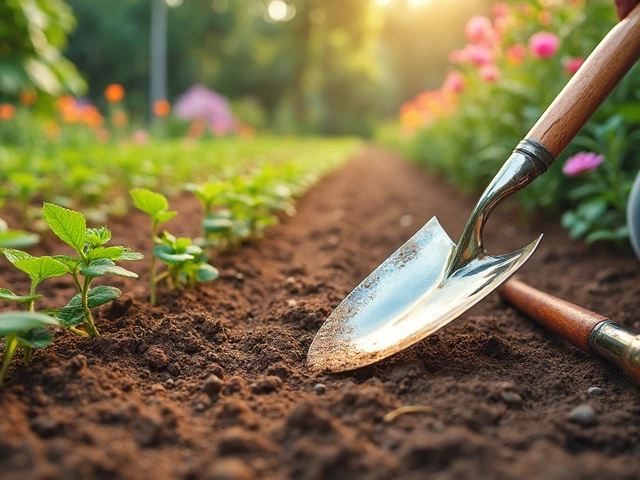
The First Essential Tool Every Gardener Needs
By Alden Thorne Apr 16, 2025
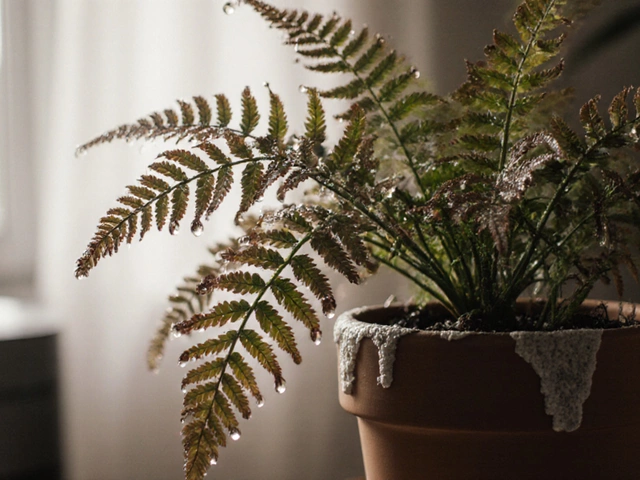
Can You Use Tap Water to Mist Indoor Plants?
By Alden Thorne Nov 21, 2025

Will Rabbits Eat Zinnias in Your Garden?
By Alden Thorne Feb 25, 2025
